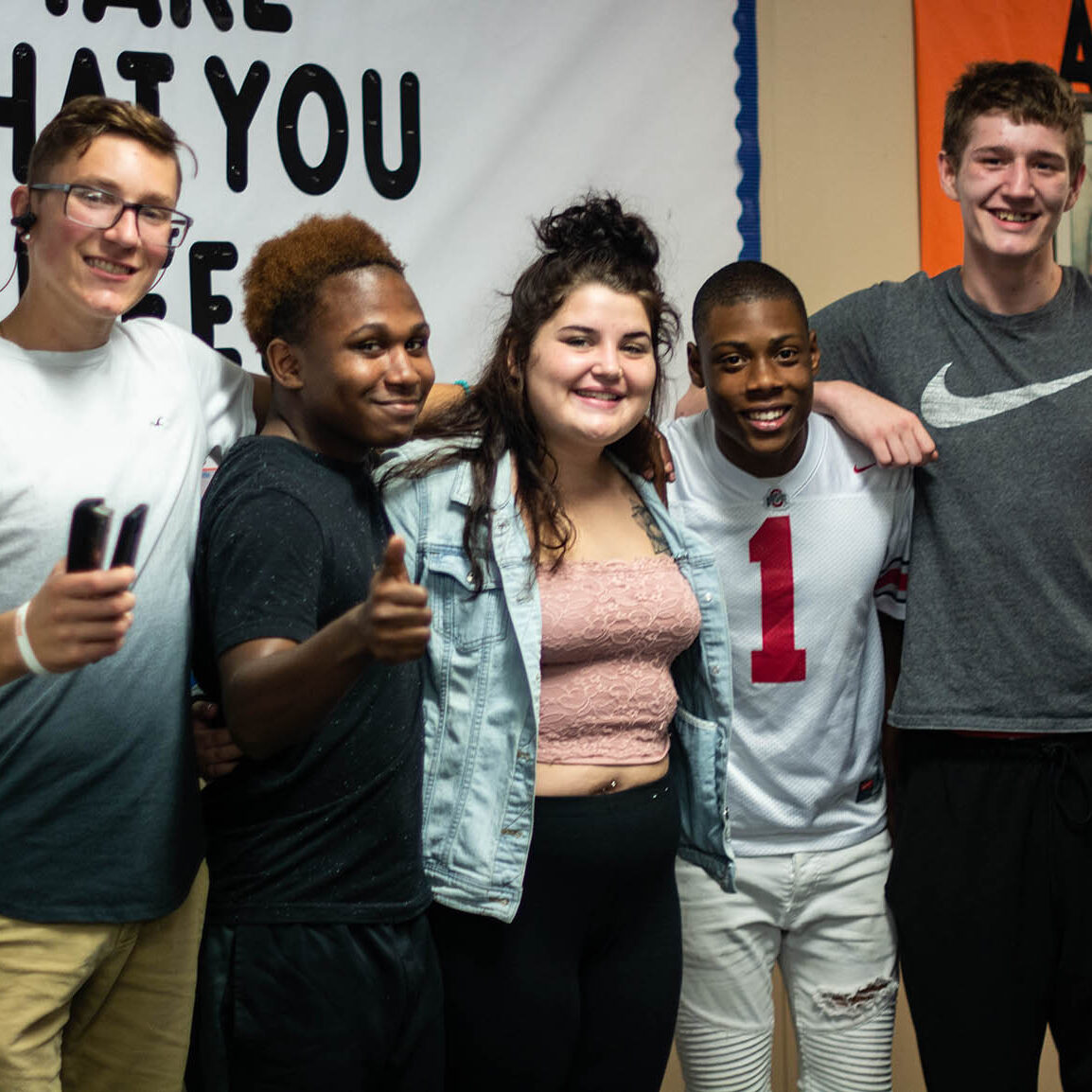About
Changing lives and communities through dropout recovery
Across the U.S., approximately 7,000 students drop out of high school every day. What happens next? Do they secure jobs? Begin earning a sustainable living wage? For the 6.7 million designated as opportunity youth, the answer is no. That’s why Oakmont Education has developed a proven dropout recovery model that helps break this cycle with a genuine support network, individualized hands-on education and skills-based job training.
PERSON-FIRST APPROACH
Many of our students haven’t found personal success in traditional schooling for a reason. That’s why Oakmont takes a student-first approach to education.
Future Oriented
It is not enough to help our students earn their diploma. We want to help them transform their lives through access to a high-paying job in an in-demand field where they can build onto their future successfully.
Passionate Leadership
Oakmont has assembled one of the the most mission-driven, experienced, and dedicated leadership teams in our sector who share a deep commitment to providing our students with a transformational education.
GROWING TO SERVE
Oakmont is always looking to develop our proven model into new areas across the state of Ohio. You can check out our interactive map showing what schools we operate and where they are.
How is dropout recovery different from prevention?
Oakmont manages 10+ state-designated dropout recovery schools with 95 percent of our student population qualifying as opportunity youth, nearly double the current state requirement. Unlike dropout prevention programs that tailor to engaged students who need to get back on track, Oakmont serves those who have been out of the public school system for so long that they don’t know how to recover.


Who are opportunity youth?
From surviving below the poverty level to parenting their own children to trying to move past prior criminal records, opportunity youth must overcome a myriad of hurdles in order to succeed. Ages 16–24 and not currently enrolled in school or employed, opportunity youth face challenges like:
- Reads at a 5th grade level at age 18
- 24% have a documented disability
- Enroll with only 6 of 20 credits needed to graduate
- 270+ are teen parents to at least one child
- 95% qualify for free or reduced lunches
- Attended at least two previous high schools
